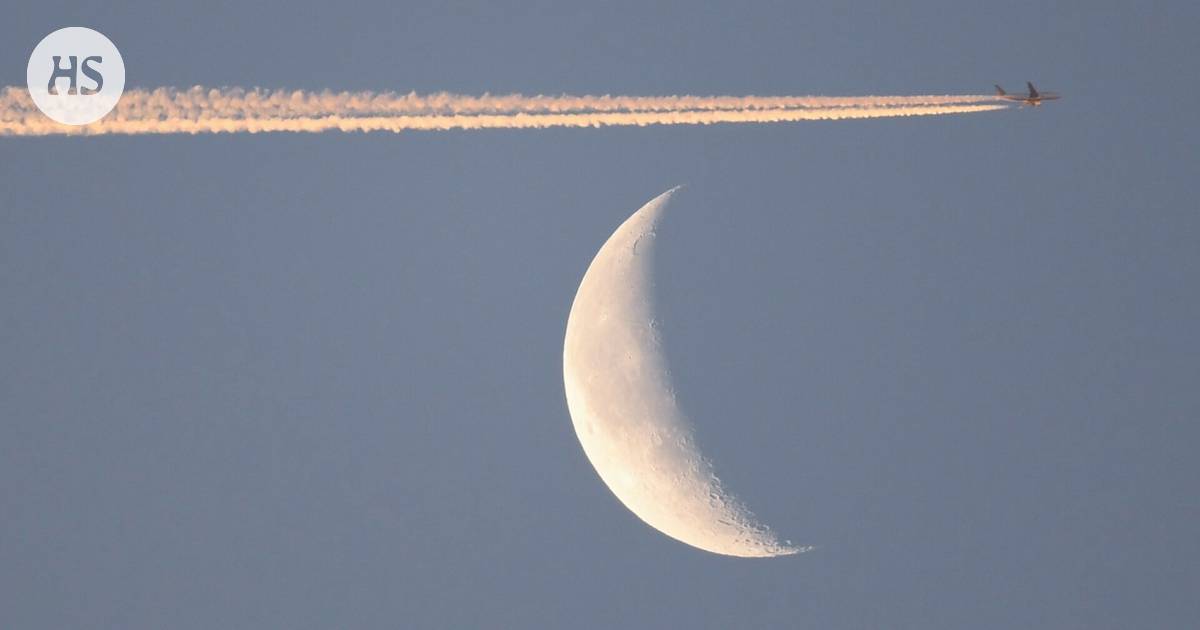NASA is working on creating its own time zone for the Moon by the end of 2026. The moon’s gravity affects time, causing it to pass a little faster on the Moon than on Earth. This difference in time has been calculated by physicists, showing that time on the Moon ticks faster due to its lower gravity compared to Earth. This discrepancy in time could affect navigation on the surface of the Moon and precise time measurement is essential for space missions.
NASA has been tasked by the White House Office of Science and Technology Policy to establish a coordinated time system for the Moon by 2026. This Lunar Coordinated Time (LTC) will help synchronize activities on the Moon and ensure accurate timekeeping. Scientists and organizations like the International Bureau of Weights and Measures and the International Astronomical Union are involved in determining the moon’s own time.
With plans for more space missions and eventual human habitation on the Moon in the coming years, having a universal time system is crucial. NASA, along with other countries like China, are working towards establishing a common time zone for the Moon. Discussions on Lunar Universal Time are scheduled to take place soon, involving various stakeholders in space exploration.
Calculations on the difference in time between the Earth and Moon have shown that time passes slightly faster on the Moon. This information will be used to create an average measurement of time on the Moon and establish accurate lunar time. By sending atomic clocks to the Moon, scientists aim to track and synchronize time for activities on the lunar surface. Planning for the future of lunar missions and settlements requires precise time measurements and coordination among space agencies.
